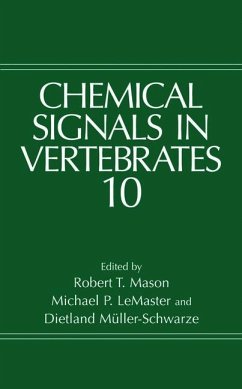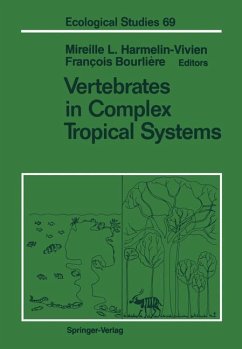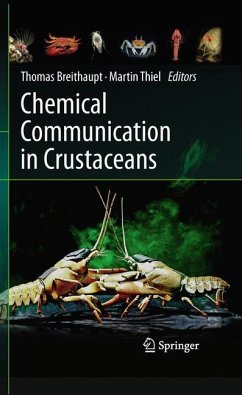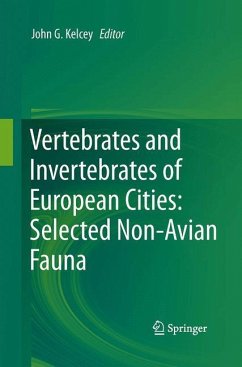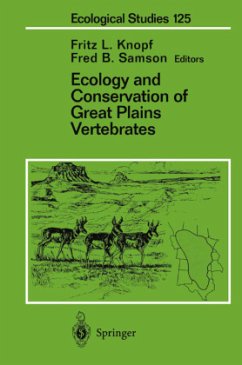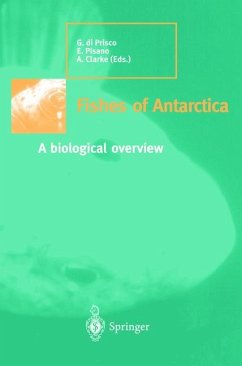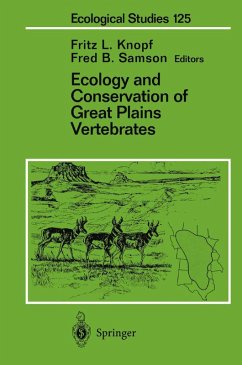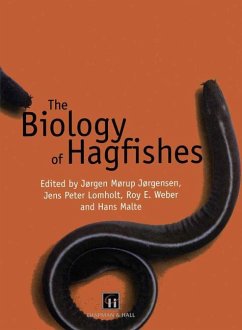
Chemical Signals in Vertebrates 12

PAYBACK Punkte
57 °P sammeln!
Three invited international experts present overviews of recent developments in key fields and will submit chapters for the book. Jane Hurst from Liverpool University in the UK presents an overview on the function, mechanisms and evolution of chemical signals, Penelope Hawkins from the University of Western Australia will detail the importance of male odors in female mate-choice and the priming of female reproduction, and Francesco Bonadonna from CNRS-CEFE, Montpellier in France presents an overview of the importance of chemical signals for the formation and maintenance of pair-bonds, parent - offspring recognition and navigation in seabirds. Select submissions are invited by the scientific committee to contribute chapters. ?






